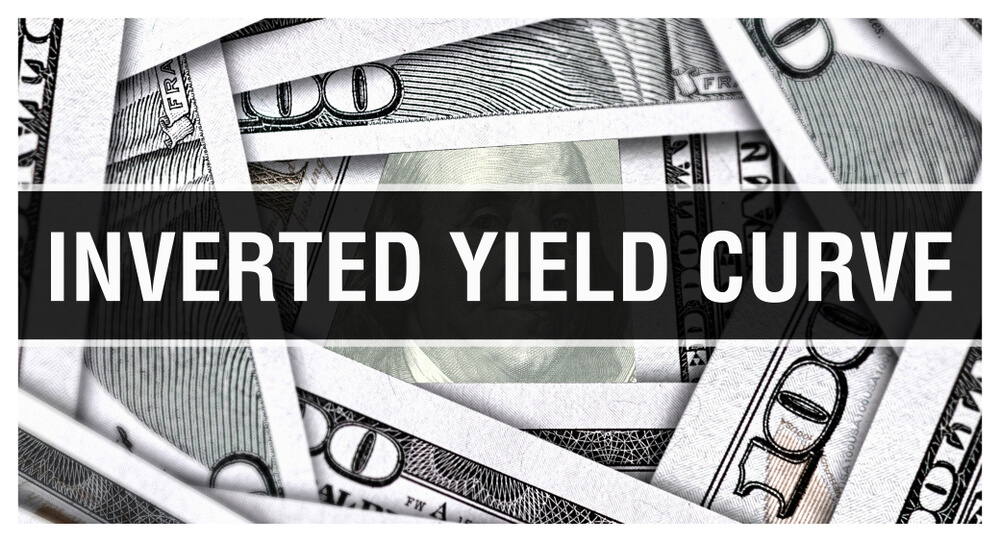There has been a lot of talk recently about inverted yield curves and what they can predict for the future of the U.S. economy. For New York Federal Reserve President John Williams, the yield curve pattern is just another indicator that can be useful for determining the country’s economic outlook, which may include recession.
An inverted yield curve is when near-term bond yields move above their longer-duration counterparts, and it has been one of the most accurate recession indicators in the past. This is especially true when comparing the three-month Treasury yields with the benchmark 10-year Treasury.
Williams does look for the inverted yield curve, but he told CNBC in a question-and-answer session that he doesn’t consider it the best “oracle” for recession.
“I don’t go to it like an oracle: ‘Tell me the answer, will there be a recession?’” Williams said following a speech he delivered in New York to the Council on Foreign Relations. “I think it’s like other market indicators. It’s telling us that there’s heightened concerns about the risks on the outlook.”
This is important as economists and investors alike are keeping a close eye on interest rates, and whether the Fed will cut them soon. According to CNBC, the CME’s FedWatch index predicts at least two rate cuts by the end of the 2019 with the first happening in July.
Williams did not address a rate cut when asked, but he sees the current economic outlook as strong with some challenges on the horizon. Growing trade tensions between the U.S. and China are one of the market’s biggest concerns.
“When I look at the first half of the year, my forecast is for a well above-trend rate of growth,” Williams said. “At the same time, looking ahead, monetary policy always has to think about where is the economy likely to go over the next year or two.”
One indicator used by Williams’ New York Fed shows a 30% chance of negative growth over the next 12 months, which is the highest percent since the Great Recession. The indicator tracks bond yield spreads as a base for the chance of a recession.




